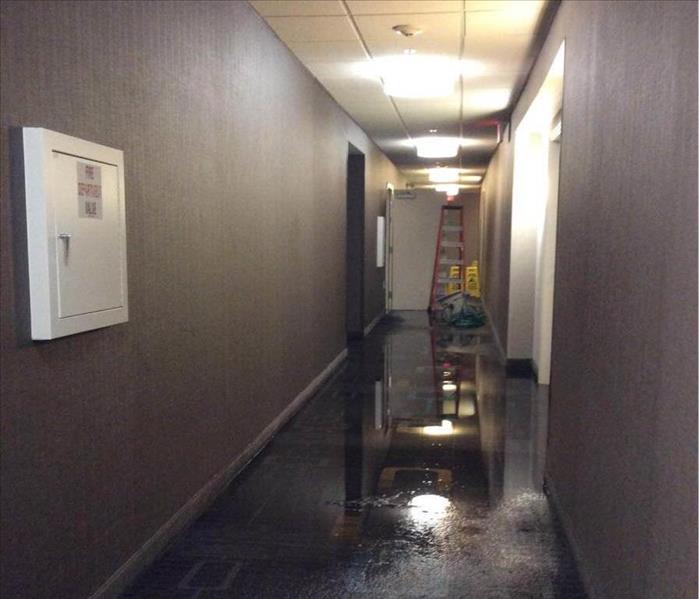Don’t Get Washed Away: Understanding Flood Zones and the Requirements If You’re in One
9/13/2021 (Permalink)
 If you have more questions about zoning, you can always check the St. Charles, MO, area for flood and storm damage specialists.
If you have more questions about zoning, you can always check the St. Charles, MO, area for flood and storm damage specialists.
While flooding may not have been a concern in your previous home, you should at least keep it in mind while searching for a new home because there may be specific insurance requirements for particular flood zone designations.
1. Flood Insurance and the FIRM Map
If you are used to living in areas that didn’t require flood insurance, then the Flood Insurance Rate Map (FIRM) is likely a new concept. This map is released and produced by FEMA, in conjunction with local municipalities, to designate the likelihood of flooding in certain areas. These designations or zones help insurance companies determine requirements for homeowners, ensuring that they are covered for likely scenarios.
2. Zones Where Flood Insurance Is Optional
In a moderate to the low-risk flood zone, flood insurance is optional. These areas are typically marked on the FIRM map as zones B and X (shaded) and C and X (unshaded). These areas receive these designations after land surveys and studies have shown these areas to have adequate drainage or minimal severe weather patterns.
3. Zones Where Flood Insurance Is Required
Flood insurance is required in areas that are deemed high-risk, meaning that there is at least a 26% chance of floods over the life of a mortgage. These high-risk areas come with two designations: (1) high risk, or zones A, AE, A1–30, AH, AO, AR, A99, and (2) high-risk coastal areas, or zones V, VE, V1–30.
4. The Fluidity of Special Flood Hazard Areas
Another designation, the Special Flood Hazard Area (SFHA), is fluid, meaning that, while your house may currently be in an area where flood insurance is optional, due to changing weather patterns or tides you may be required to purchase flood insurance later.
If you have more questions about zoning, you can always check the St. Charles, MO, area for flood and storm damage specialists, reach out to any local insurance agent or check with FEMA to help clarify flooding requirements and your flood zone concerns.





 24/7 Emergency Service
24/7 Emergency Service